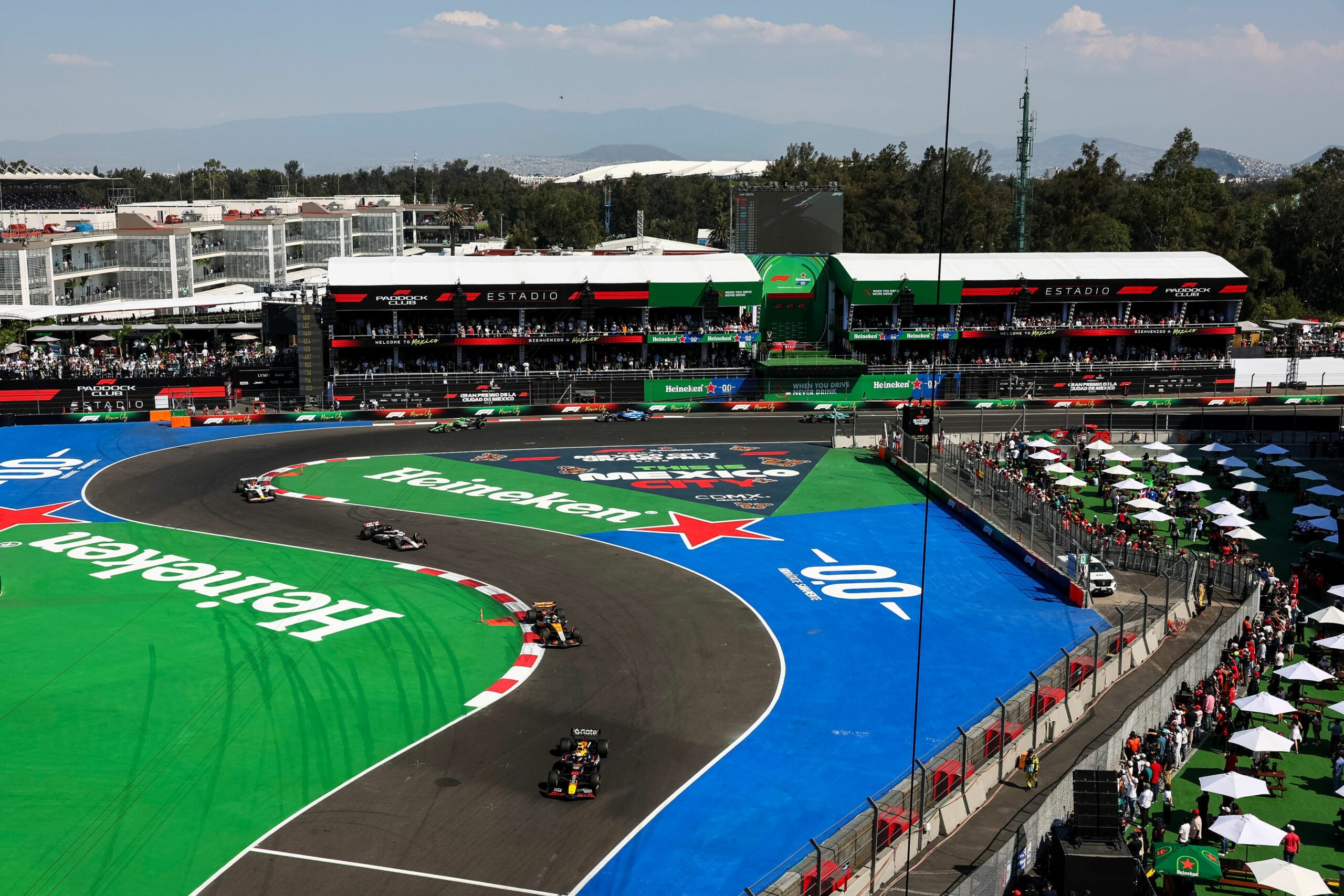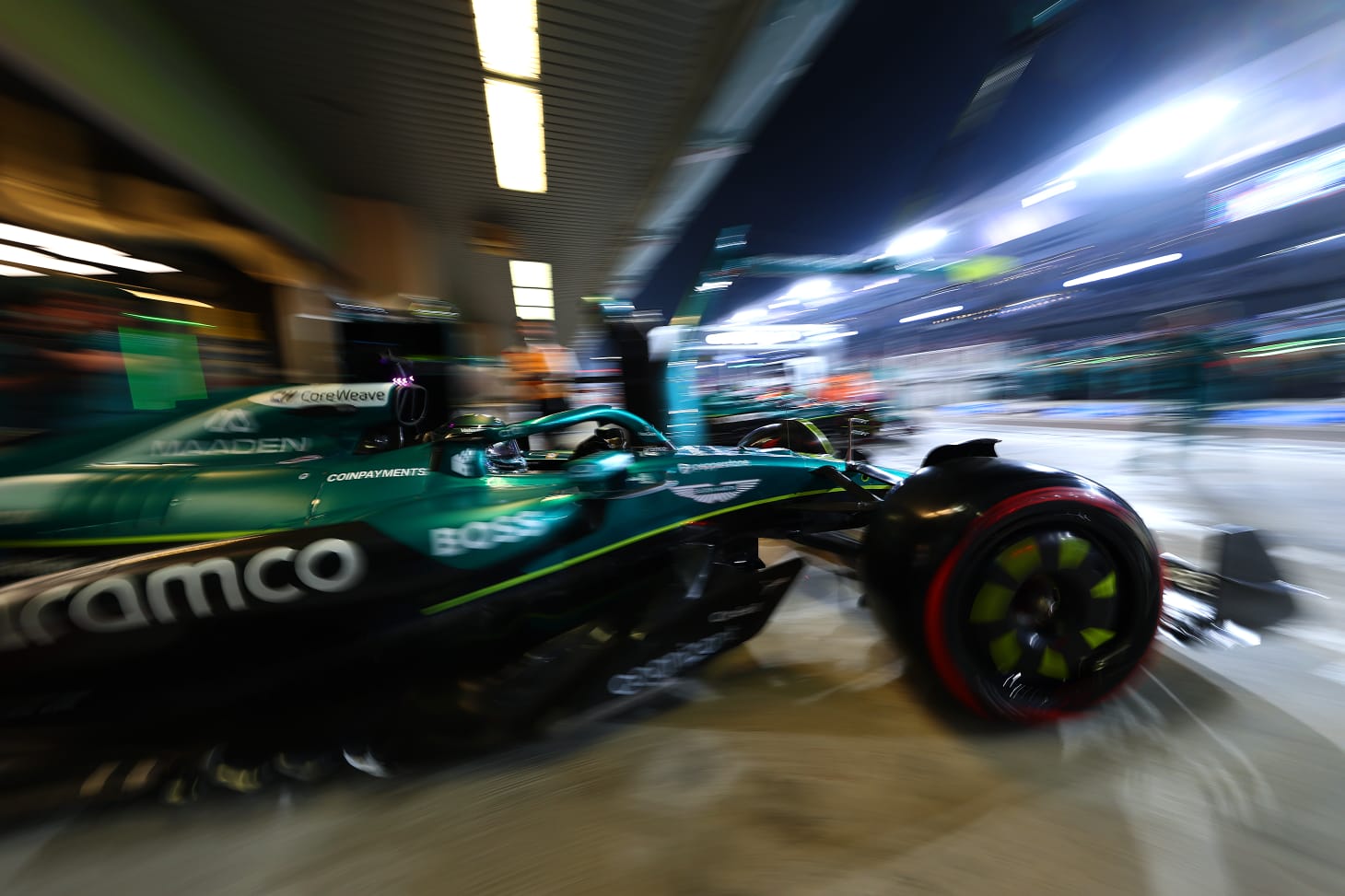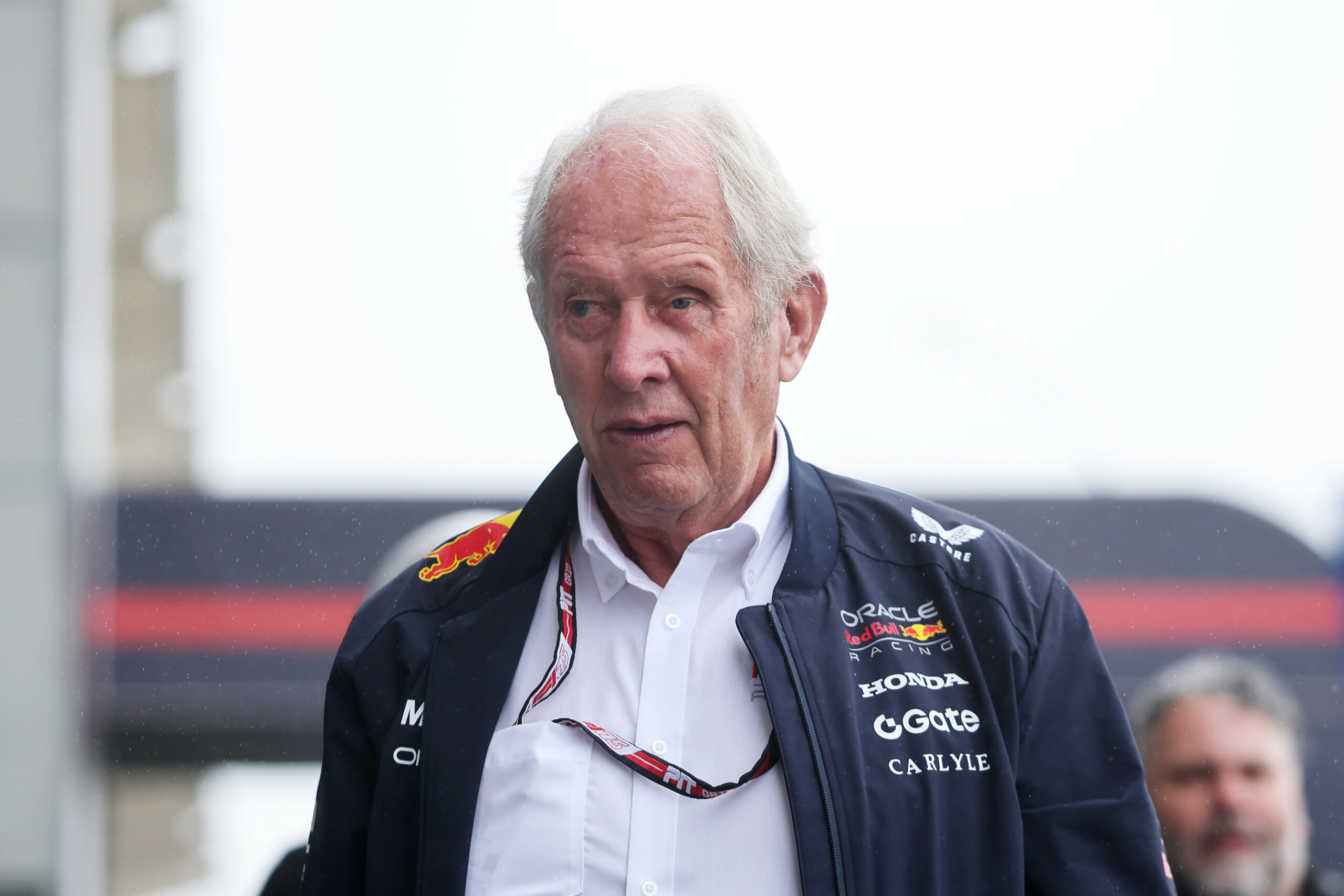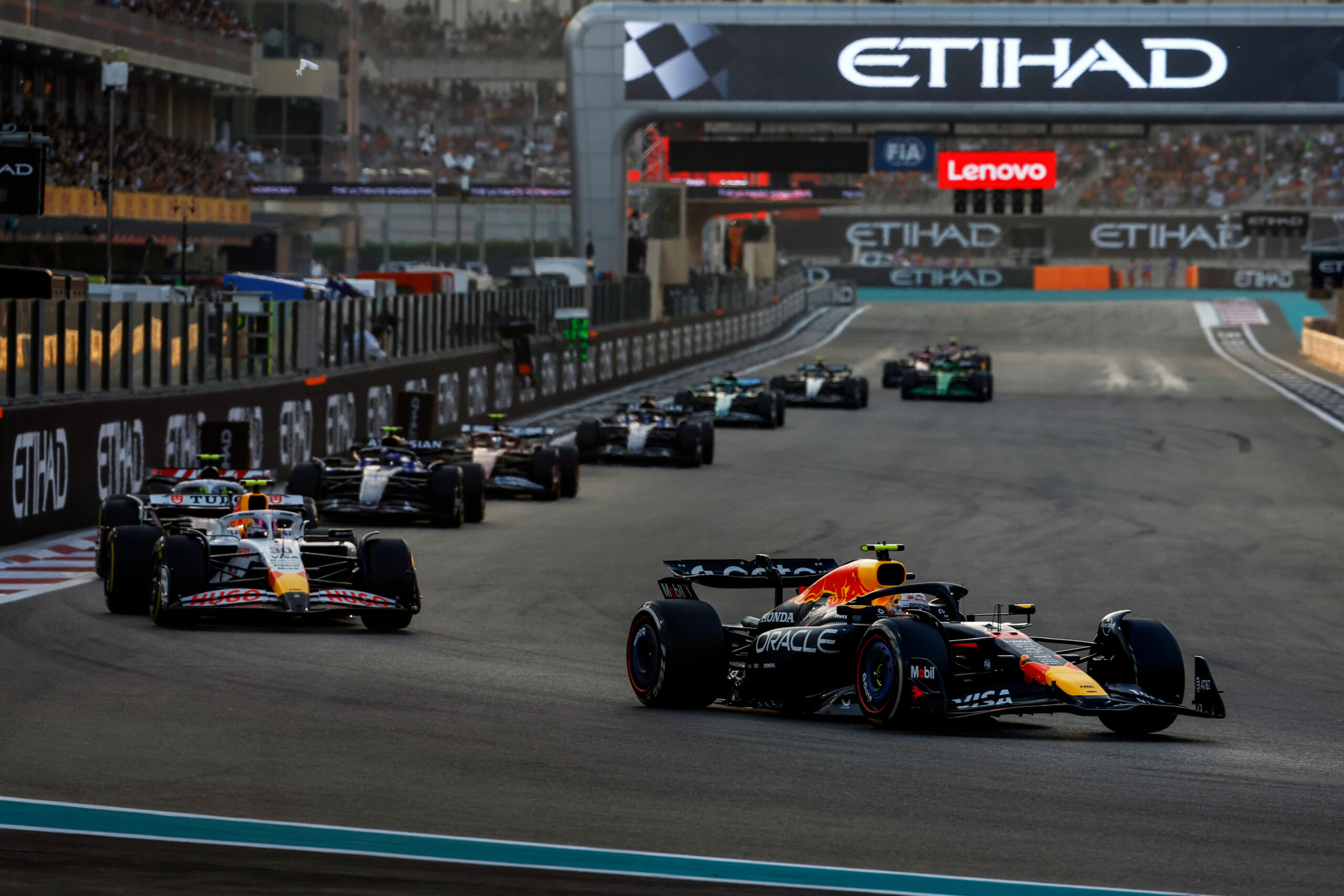The FIA has issued two detailed statements defending its actions following a pair of highly controversial incidents at the 2025 F1 Mexico City GP on Sunday. Both moments — one involving Racing Bulls driver Liam Lawson and another concerning a late-race Virtual Safety Car — drew sharp criticism. However, the governing body insisted that safety, not spectacle, must always come first. The FIA also confirmed that it will conduct a further investigation into the marshal-related incident involving Lawson to determine how communication between Race Control and local officials broke down.
Lawson’s near miss sparks outrage
The first incident unfolded in the opening laps of the race when Liam Lawson narrowly avoided colliding with two marshals at Turn 1. Lawson’s onboard camera captured the alarming near-miss, which fans circulated widely on social media.
After an early pit stop, Lawson came through Turn 1 at speed only to find two marshals suddenly crossing the track, apparently retrieving debris. His instinctive avoidance saved lives but left him visibly shaken. Over the team radio, Lawson’s shock was unmistakable. He exclaimed: “Wait, the fuck, oh my god, are you kidding me? Did you see that? Oh my god, dude.”
When his race engineer praised his reactions, Lawson responded with clear frustration and disbelief: “I could have fucking killed them, mate.”
FIA to investigate Lawson incident
The FIA later acknowledged the incident in a statement, confirming that Race Control had initially instructed marshals to prepare for track clearance but then attempted to halt that instruction once Lawson entered the pits. The statement read:
“Following a Turn 1 incident, Race Control was informed that debris was present on the track at the apex of that corner. On lap 3, Marshals were alerted and placed on standby to enter the track and recover the debris once all cars had passed Turn 1. As soon as it became apparent that Lawson had pitted, the instructions to dispatch marshals were rescinded, and a double yellow flag was shown in that area. We are still investigating what occurred after that point.”
This explanation did little to quell the backlash. Many questioned how marshals could have been on the circuit while cars were still approaching at full speed. Still, the FIA made it clear that an internal investigation would determine how the miscommunication occurred. Importantly, this incident reignited discussions around the coordination between Race Control and local marshals. Despite being volunteers, marshals play a critical role in race safety, and any procedural lapse could have catastrophic consequences.
Virtual Safety Car controversy ends thrilling finish
Later in the race, a second major flashpoint emerged — one that dramatically altered the final laps. Carlos Sainz spun in the stadium section, striking the barrier and damaging his right-rear suspension. Though the Williams driver managed to recover the car near an opening in the fence, Race Control deployed a Virtual Safety Car (VSC) on lap 70, just as several key battles reached their climax.
The timing infuriated many fans. Max Verstappen had been mounting a challenge for second place against Charles Leclerc, while Oscar Piastri was closing in on Oliver Bearman for fourth — a position that could have maintained his championship lead. The VSC effectively neutralised both fights, leading to widespread claims that Race Control had overreacted.
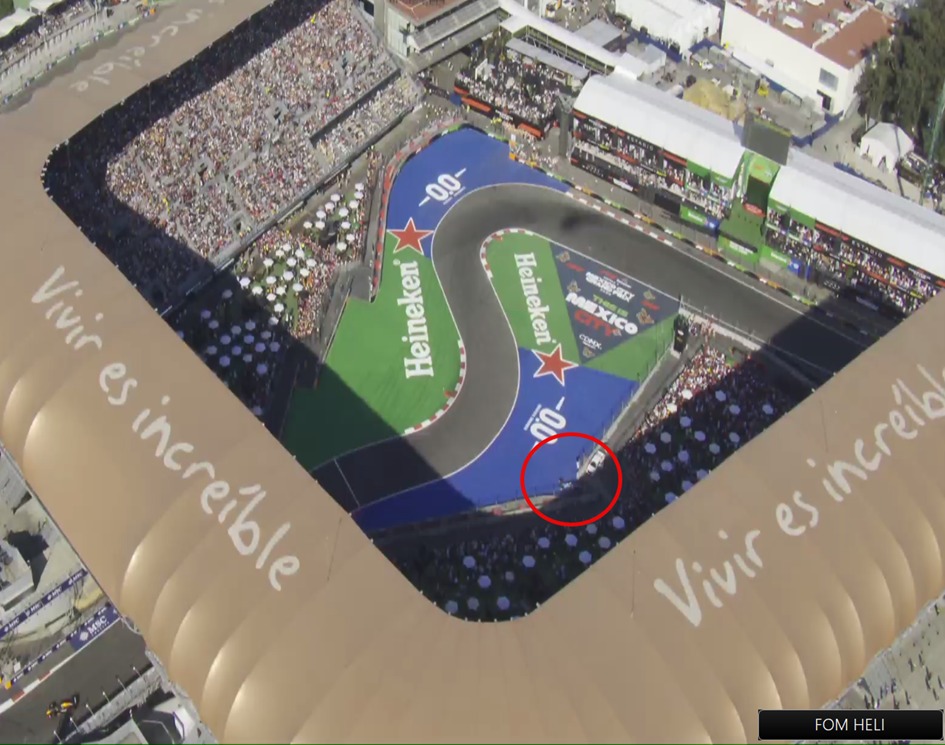
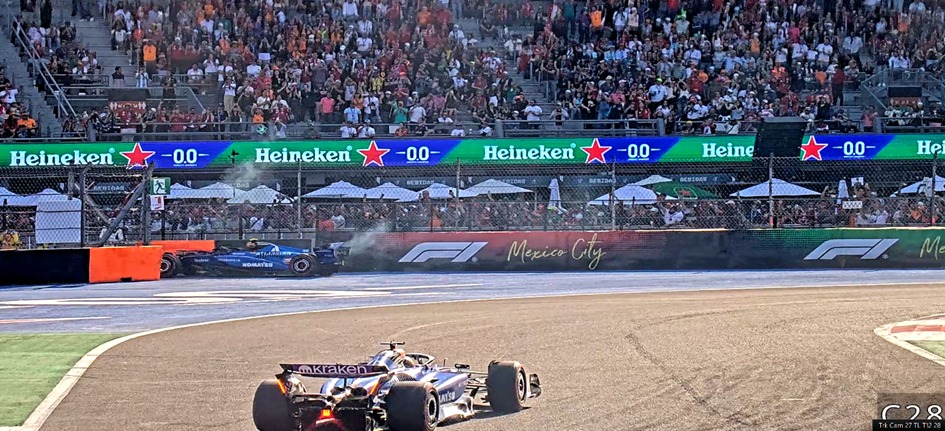
However, the FIA’s post-race statement provided a clear defence of its actions, citing the car’s exposed position and possible fire risk. The statement said:
“Later in the race on lap 70, Sainz spun and stopped in the runoff area on the outside of Turn 14. His car came to a halt in an exposed position. The car subsequently began smoking and race control received notifications of fire, making it clear that marshal intervention would be required for recovery. As is standard procedure when marshals are deployed to recover a car, the race is neutralized, in this case, a Virtual Safety Car (VSC) was triggered until the car was moved to a safe location behind the barriers. The VSC ended as soon as the car was in a protected position, and the race concluded under green-flag conditions.”
While the decision was unpopular, the FIA’s stance reflected a cautious approach, and one which comes after criticism in recent years over Race Control exposing marshals and drivers to unnecessary risks.
FIA reaffirms support for marshals and safety protocols
In both cases, the FIA took pains to highlight the crucial role of local marshals and race officials. The governing body’s statement concluded with a strong note of appreciation:
“We would like to underline our respect and appreciation for the local ASN, OMDAI, as well as the Autódromo Hermanos Rodríguez and their marshals, who are volunteers and play a vital role in the safe and successful running of our sport. Their professionalism and dedication are invaluable to every event we stage.”
Ultimately, both incidents underscored the delicate balance between maintaining safety standards and preserving the spectacle that defines Formula 1. While fans lamented the lost excitement of a potential grandstand finish and expressed outrage at Lawson’s near miss, the FIA maintained that every decision prioritised human life and safety above all else.

